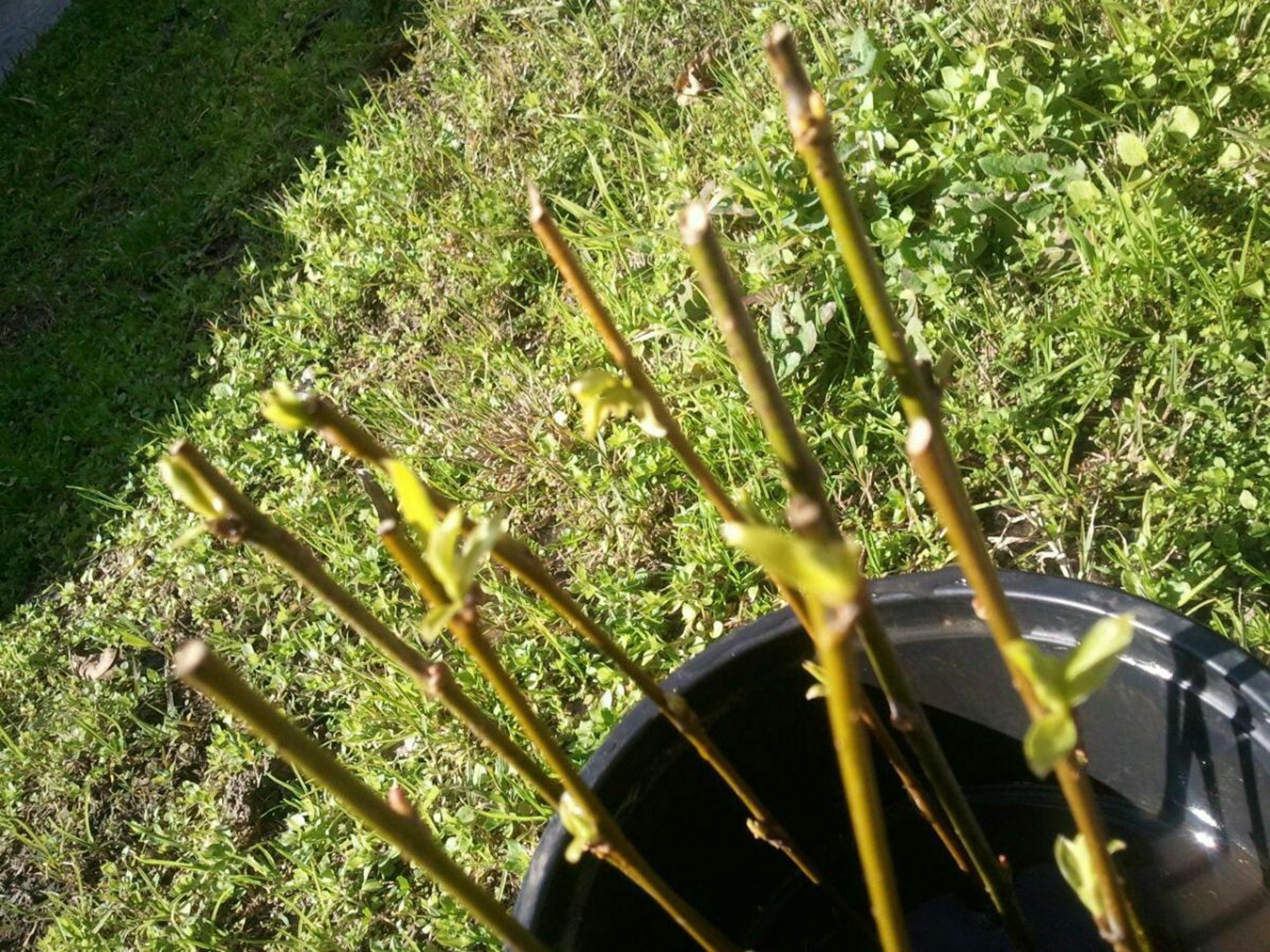In the tapestry of nature’s bounty, fig trees stand as venerable embodiments of sweetness and sustenance. Their emerald leaves dance in the breeze, casting an aromatic shade that beckons weary wanderers to partake in the fruits of their labor. For ages, fig trees have adorned gardens and orchards, their branches heavy with plump, juicy orbs that delight the palate.

Image: www.youtube.com
If you’re yearning to bring the wonders of a fig tree into your own backyard, the art of taking cuttings is an invaluable skill. By capturing a piece of this ancient lineage, you can propagate your own fig tree, ensuring a lifetime of sweet harvests to come.
1. Embrace the Right Time and Place
The secret to successful fig tree propagation lies in timing and location. Autumn, as the days grow shorter and the air turns crisp, is an opportune moment for this endeavor. Choose a mature and healthy tree that bears the fruits of your desire. Inspect its branches for sturdy, disease-free stems that have reached a diameter of at least 1 centimeter.
2. Gather Your Tools of Creation
Assemble the tools of your propagation: a pair of sharp pruning shears, a rooting hormone solution, and a container filled with a mixture of potting soil and perlite or vermiculite for drainage. The rooting hormone will give your cuttings a boost as they embark on their new life.
3. Craft Your Cuttings with Precision
With your shears in hand, select a suitable stem and make a clean, angled cut just below a node, where the leaves emerge from the stem. Remove any lower leaves, leaving only a few at the top. This will allow for proper rooting and reduce moisture loss.

Image: www.cablewarm.com
4. Encourage Rooting with Hormonal Assistance
Dip the base of your cuttings into the rooting hormone solution for a few seconds. This will stimulate root development and increase the likelihood of successful propagation. Tap off any excess hormone before planting.
5. Nurture in a Conducive Environment
Plant your cuttings in the prepared potting mix, ensuring the nodes are fully covered with soil. Water gently and place the container in a warm, humid environment with bright, indirect light. Maintaining consistent moisture is crucial for root development.
6. Patience and Diligence: The Art of Nurturing
As the days turn into weeks, monitor your cuttings closely. Water sparingly and provide ample humidity by misting the leaves regularly. In time, you will be rewarded with tiny, delicate roots emerging from the nodes.
7. Transition to Greater Independence
Once the roots have established themselves, gradually acclimate your cuttings to the outdoors. Begin by placing them in a shaded area for a few hours each day, gradually increasing their exposure to direct sunlight over time. This will allow them to adjust to their new surroundings and develop strong root systems.
8. The Joy of Transplantation
When your fig tree cuttings have grown sufficiently, it’s time to transplant them into their permanent home. Select a sunny location with well-drained soil and dig a hole twice the size of the root ball. Carefully remove the cuttings from their pots and place them in the hole, backfilling with soil and gently tamping down to remove air pockets. Water deeply and mulch around the base to retain moisture and suppress weeds.
How To Take Cuttings From Fig Trees
9. Embrace the Fruits of Your Labor
In the years to come, as your fig tree cuttings grow into mature trees, you will be rewarded with an abundance of sweet, luscious figs. Each bite will be a testament to your patience, skill, and the enduring power of nature.
Taking cuttings from fig trees is a rewarding and accessible technique that allows you to propagate your own fig trees and enjoy the fruits of their delectable bounty for years to come. Embrace these steps with patience, care, and a dash of horticultural magic, and you will be rewarded with a thriving fig tree that will provide you with bountiful harvests and endless moments of sweet indulgence.